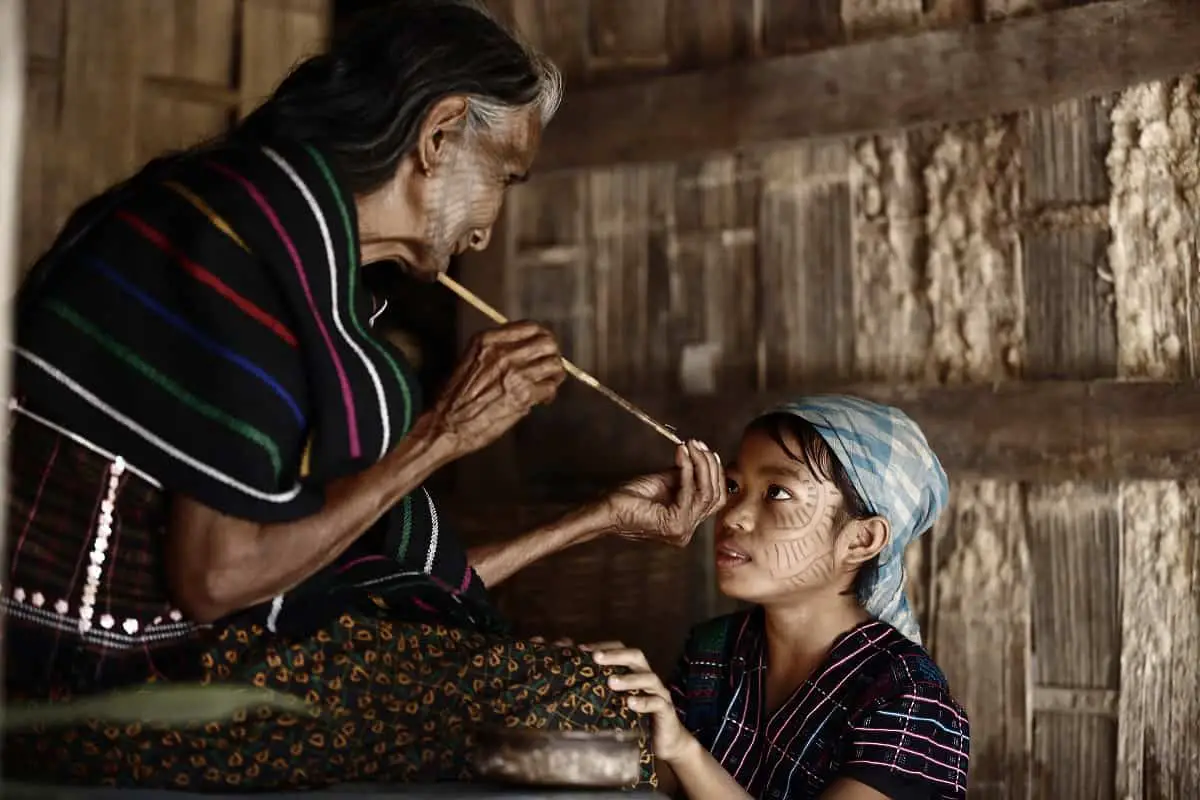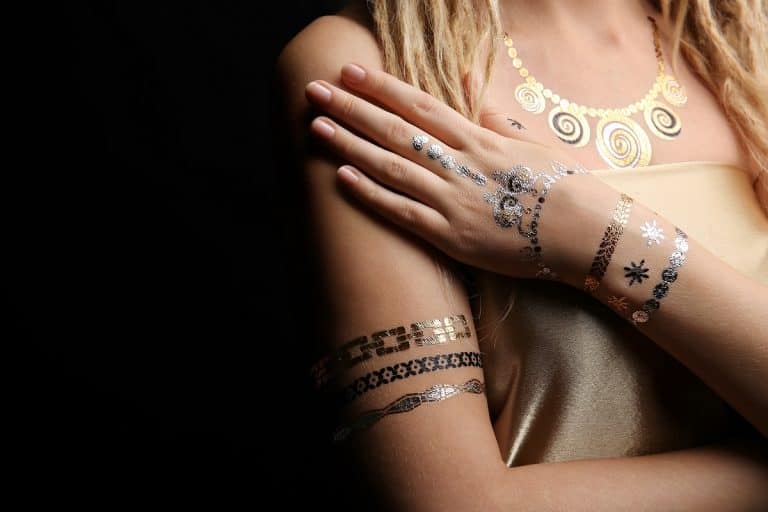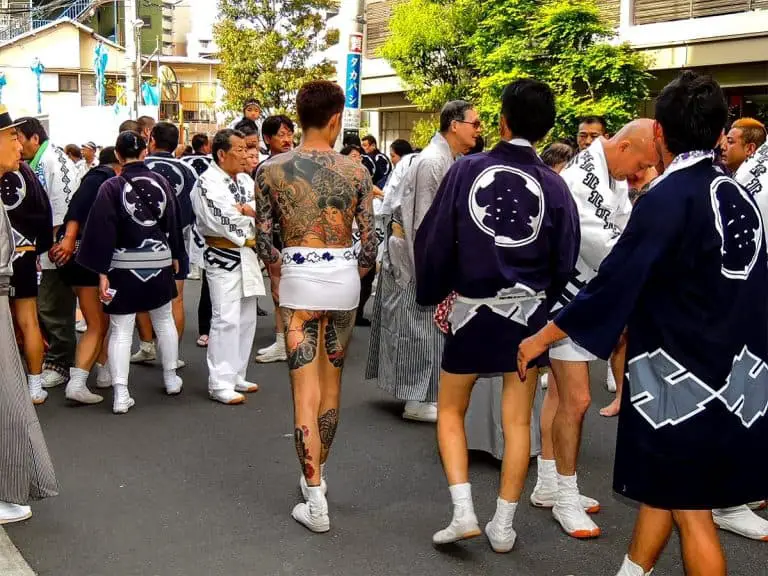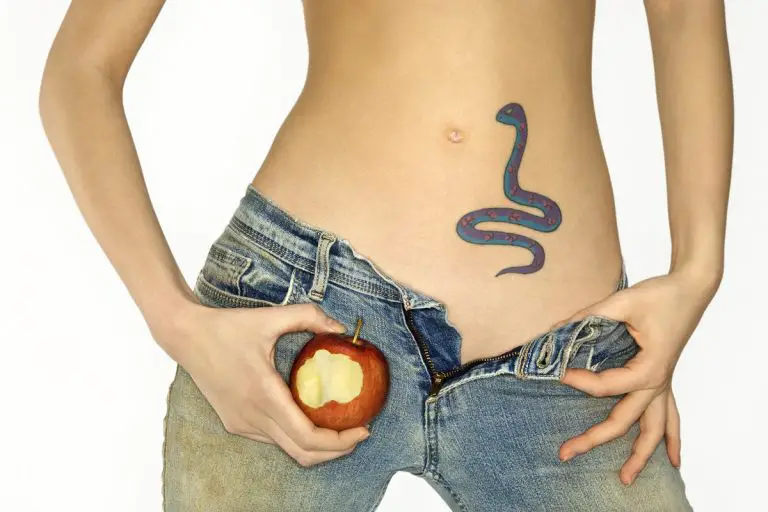Tattooing and Cultural Appropriation: Why Your Tattoo Might Be Problematic
Nowadays, it seems like everybody’s got a tattoo. Studies show that between 30% and 40% of all Americans have at least one tattoo. The percentage of people having two or more tattoos has increased in the past decade. Tattoos have become completely normal, and an undeniable part of self-expression in the modern-day and age.
But, are we all aware of the meaning behind our tattoos? Do we take into consideration that we might be culturally appropriating certain designs just to make ourselves satisfied with the design? These are the questions that have arisen in the past few years during the global discussion of cultural appropriation.
Turns out, people are aware their tattoos are inspired by a certain culture or tradition, but a great number of people don’t even know that their tattoos are culturally appropriated.
In the following paragraphs, we’ll talk more in detail about the connection between tattoos and cultural appropriation, and why your tattoo might be problematic. So, without further ado, let’s get started!
Cultural Appropriation and Tattoos
What Is Cultural Appropriation?
According to the Cambridge Dictionary, cultural appropriation is;
The act of taking or using things from a culture that is not your own, especially without showing that you understand or respect this culture.
So, to culturally appropriate something means to adopt the cultural elements of certain group or minority who are the member of this culture. This issue has become highly relevant in the past few years, when more and more people started to casually adopt certain cultures’ garments, hairstyles, accessories, etc.
To this day, cultural appropriation as a topic is still controversial, as some people think they have the right to wear whatever they want so long it doesn’t offend anybody, while others think that other people’s cultural elements shouldn’t be used by anyone else other than the members of the culture.
Why Are Tattoos Part of the Cultural Appropriation Discussion?
From the 16th to the 18th century, as the European countries were discovering and colonizing parts of the world, with captain James Cook as the leader of the movement, they were also introduced to the art of tattooing by the indigenous people.
Back in Europe, tattoos were therefore considered barbaric and a sign of inferiority, which was closely connected to the ignorance of other people’s cultures and traditions, and the belief that they’re also barbaric and inferior.
After some time, tattoos became quite an attraction in Europe, especially among the royalties who, upon traveling to the ‘exotic lands’ would get a tattoo as a souvenir. These were traditional and cultural tattoos, which then became popular back home among the general public. Soon, traditional tattoos lost their connection to their cultural origin, and just became a thing rich people do when they travel.
As you can see, from the day tattoos became a global phenomenon (in the Europeans’ eyes) the cultural appropriation has started.
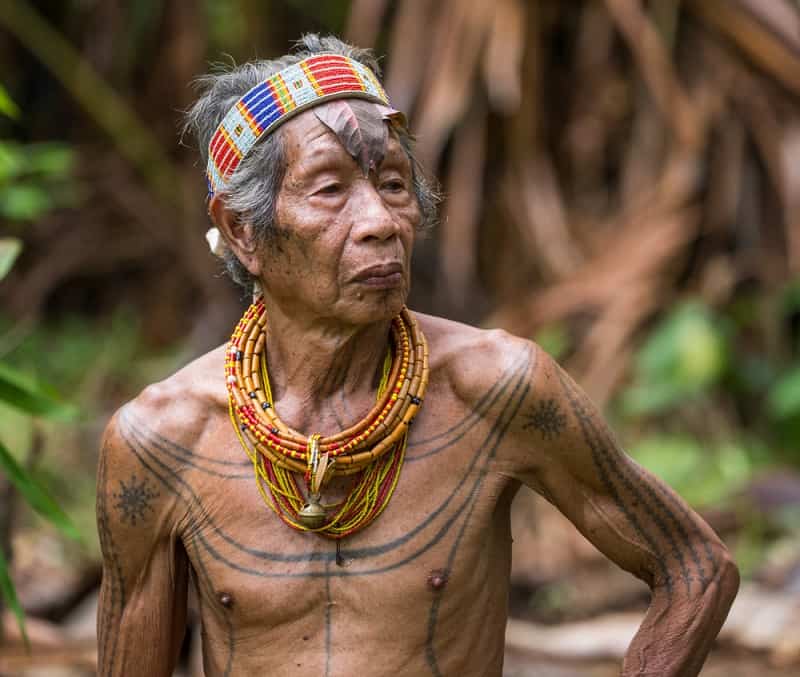
Nowadays, the situation isn’t as specific. Tattoos have become globally available for every single person, so, who can really keep track of the designs and where they come from.
But, some individuals get tattoos using symbols and elements taken from other people’s cultures; the cultures those individuals have no clue about. For example, remember when Japanese Kanji characters were a popular tattoo choice; no one knew what those symbols mean, but people wore them regardless.
Another example is the case from 2015 when an Australian tourist visited India. On his shin, he had a tattoo of the Hindu goddess Yellamma. He was arrested because the tattoo and its placement on the shin were seen as highly disrespectful to the locals. The men felt he was threatened, harassed, and mobbed because of the tattoo, while the local people felt their culture and tradition were disrespected.
That is why the issue of cultural appropriation in the world of tattoos has become a major discussion topic. No one can say they didn’t know what their tattoo meant when everyone is a click away from Google and the needed information. But, still, people find excuses and tend to justify their choices through acceptance of ignorance and a simple ‘I didn’t know’.
What Can You Do To Avoid Culturally Appropriating Tattoos?
Well, we think that this is up to people getting tattooed, and tattoo artists, to be educated before they go for a certain design. Making an informed decision is a key in avoiding cultural appropriation and possible offending of someone’s culture and tradition.
The intricacies regarding different tattoo designs can be overwhelming. One cannot help but ask; where is the line between appropriation and design inspiration?
The line is when someone copies the exact cultural and traditional symbols of tattoos. For example, tribal tattoos should be the line. Even though quite popular, tribal tattoos should only be done by members of the culture and tradition of a ‘tribe’, and no one else. Why you may ask.
The reason for this is that those tattoos have specific meanings which regard heritage, ancestry, ancestral lineage, religious belief, social status in the tribe, and so much more. So, unless you are a part of the culture, there isn’t really anything that makes you connected to any of the aforementioned tribal tattoo symbolism.
What Do Tattoo Artists Think About This Issue?
The majority of tattoo artists think that using someone’s culture (without proper knowledge about it), to profit in one way or another is wrong and culturally appropriative. However, some tattoo artists also don’t have an issue with cultural appreciation, when one is giving back to the community where the tradition comes from.
For example, if you go and get a tattoo done in Japan, by a Japanese tattoo artist, you’re paying the artist and giving back to their culture. They compare this to, for example, visiting a country and buying a piece of art there; you’re buying it and giving back to the community.
But, then again, there is the issue of the designs one gets, and whether they’re appropriative and offensive to minor communities back home. Moreover, the line between appreciation and appropriation is hair-thin.
Which Tattoos Are Culturally Appropriative?
If you want to get a tattoo, but want to avoid getting a culturally appropriative design, here are some of the tattoos/designs you should avoid;
- Ganesha – Elephant-Headed Hindu God Tattoos
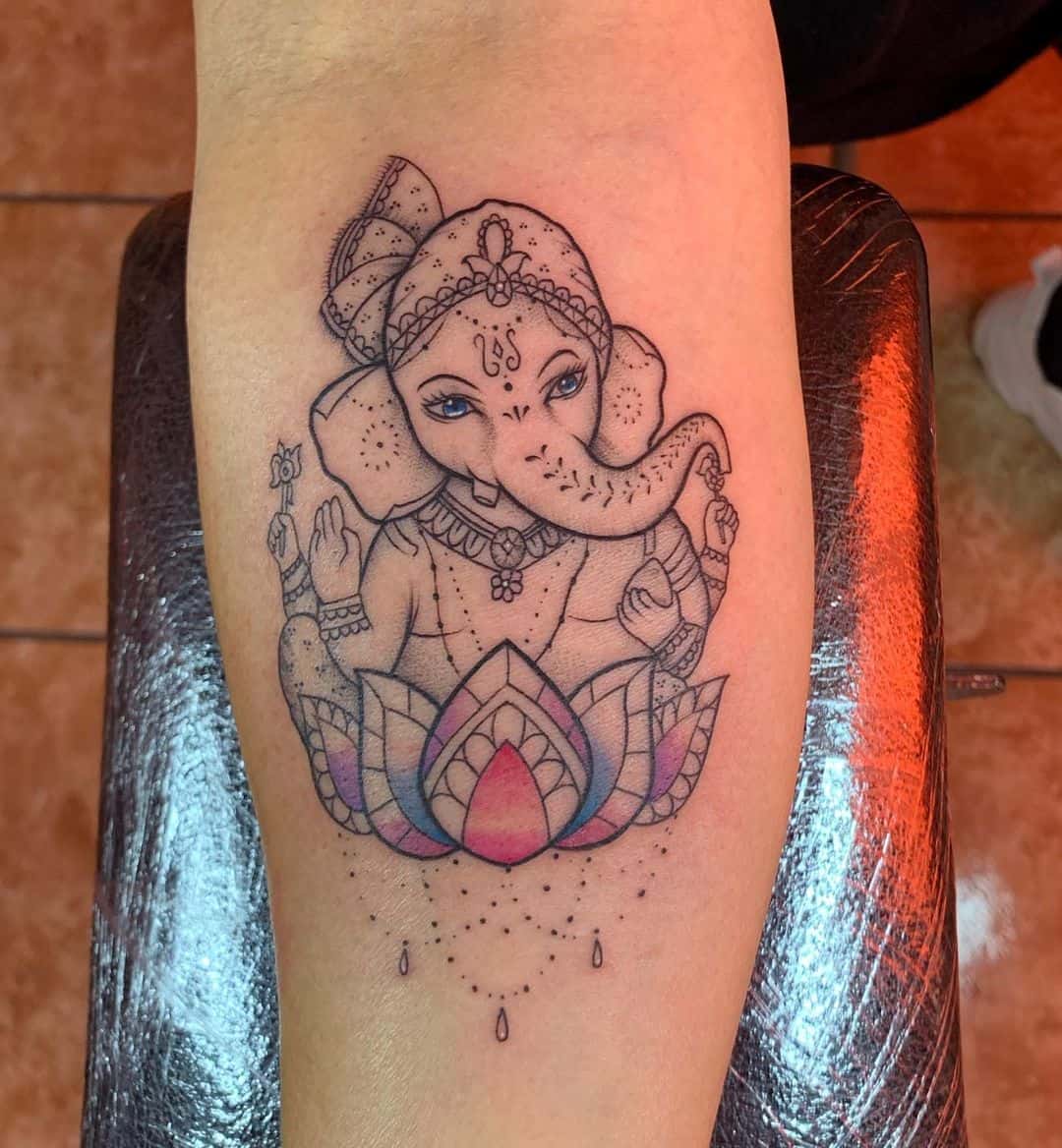
Ganesha, also known as Vinayaka and Ganapati, is one of the most respected and well-known Hindu gods and deities. The images of Ganesha can be found throughout South and Southeast Asia.
Ganesha is an elephant-headed god that is revered as the remover of obstacles, patron of sciences and art, as well as the Deva (or the excellence) of intellect and wisdom. Naturally, the image of Ganesha shouldn’t serve as a tattoo inspiration for anyone that isn’t a part of the Hindu culture.
- Native American Tattoos
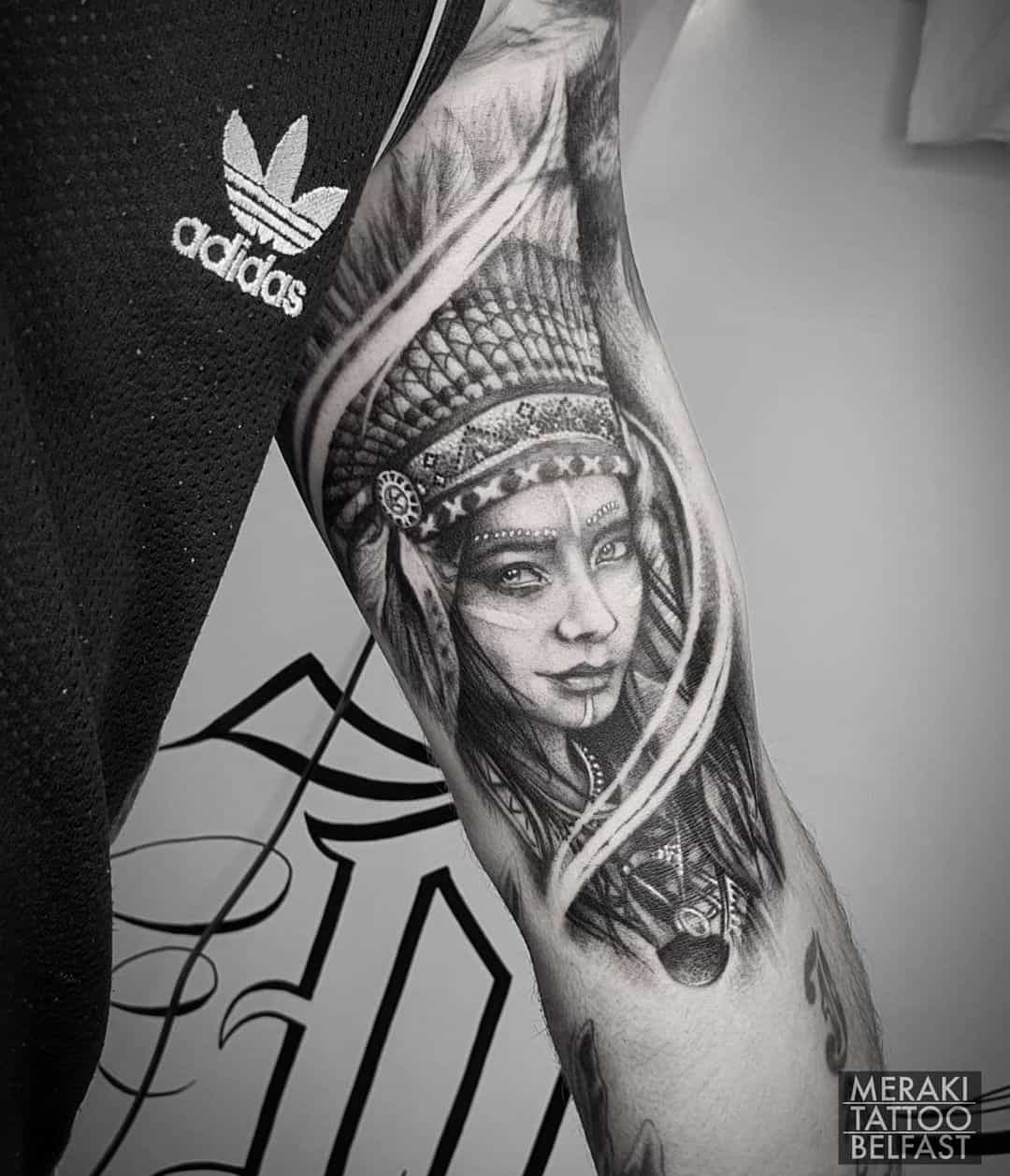
Native American tribal tattoos carry deep meanings and symbolism. For years they have been used by Native Americans as a form of differentiation between tribes, as a status symbol, or as a symbol of heritage and ancestral lineage.
So, if you’re not of Native American origin, heritage or culture, it could be considered culturally appropriative to get a tattoo that either depicts Native Americans or any of the Native American symbolism. The symbolism comprises Indian in a headdress, spirit animals like eagle, bear, wolf, arrows, and dreamcatchers, tribal symbolism, etc.
- Maori Tattoos
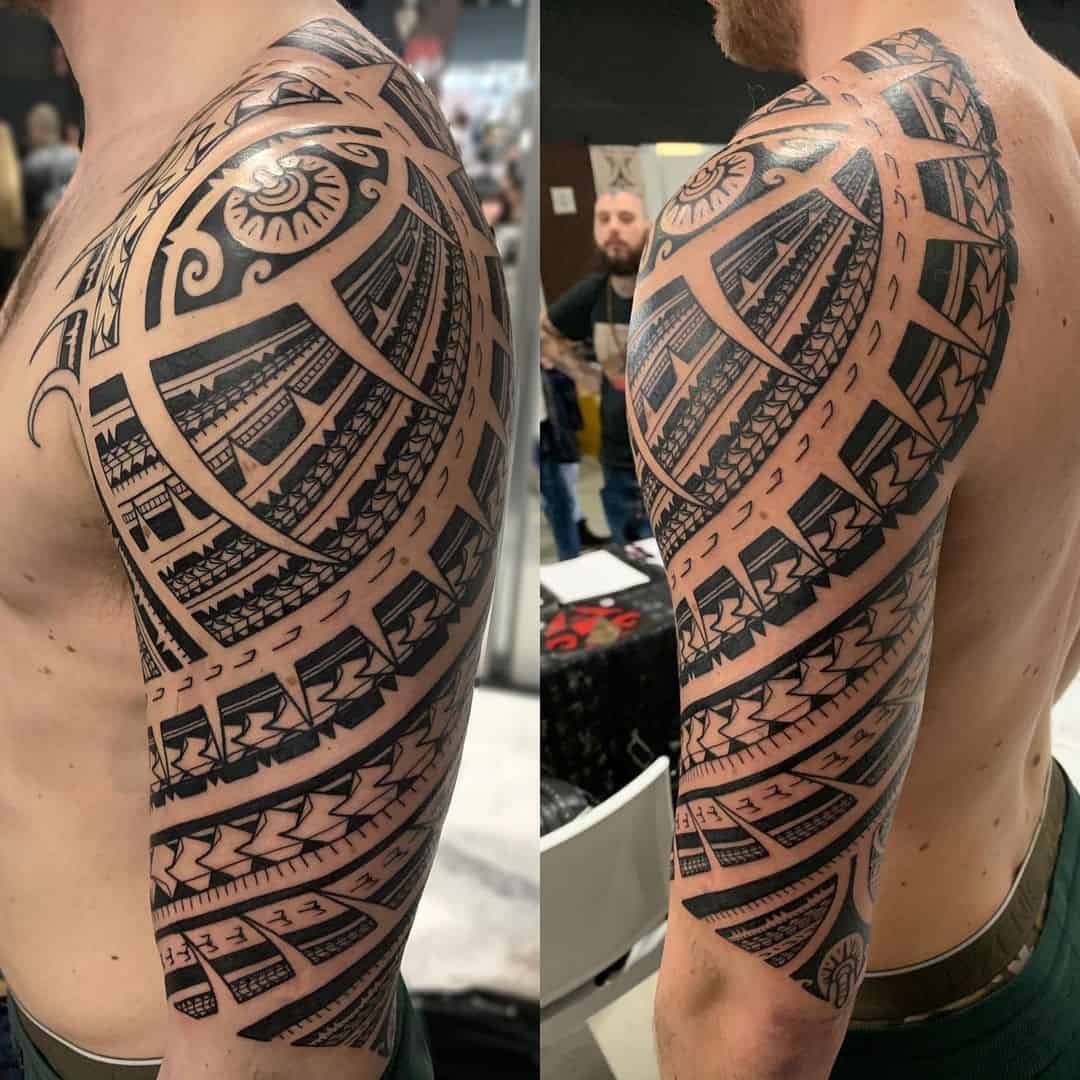
Traditional Maori tattoos (also known as Ta Moko) have been culturally appropriated for centuries. From the first discovery of the Maori people when Europeans arrived in New Zealand, to this day, people around the world use Maori traditional tattoos as inspiration for their own ‘unique’ tattoo design.
However, these tattoos are considered culturally appropriative because they are directly related to a wearer’s tribal affiliations and family history. Therefore, it makes no sense for someone non-Maori to wear such a tattoo design.
- Sugar Skull or Calavera Tattoos
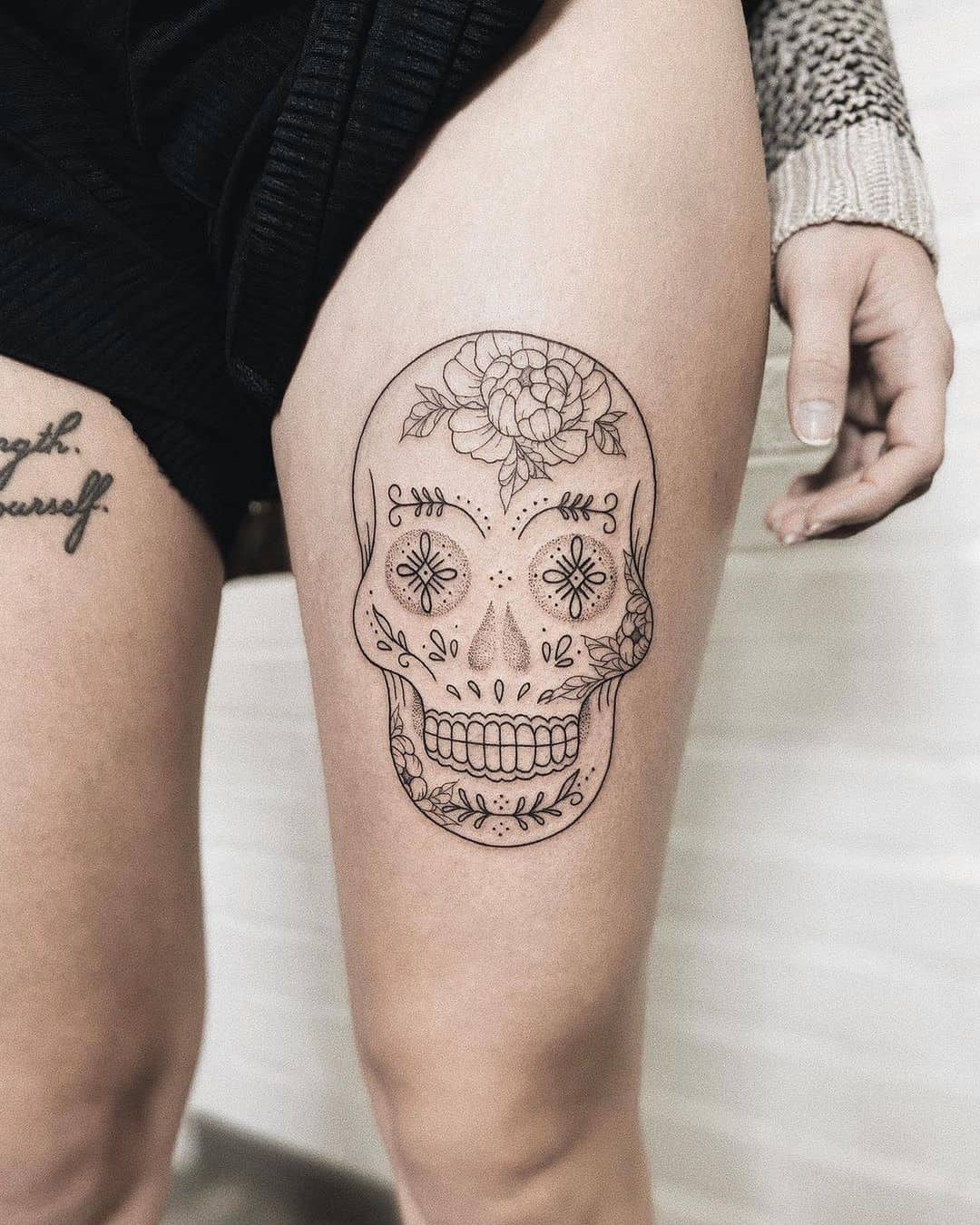
Sugar skull or Calavera is a human skull symbol associated with the Day of the Dead (Dia de Muertos) celebration, which is a major part of Mexican culture. The Day originates from the Aztec culture and traditional rituals performed when people honor the departed, beloved member of the community. The celebration is performed instead of mourning and a traditional funeral. Hence the colorful tattoo skull designs.
So, getting this tattoo is considered culturally appropriative for anyone who is not of Mexican heritage. The Calavera skull is a traditional symbol deeply rooted in centuries-old Mexican culture. And, as such, it should be deeply respected.
- Samoan Tattoos
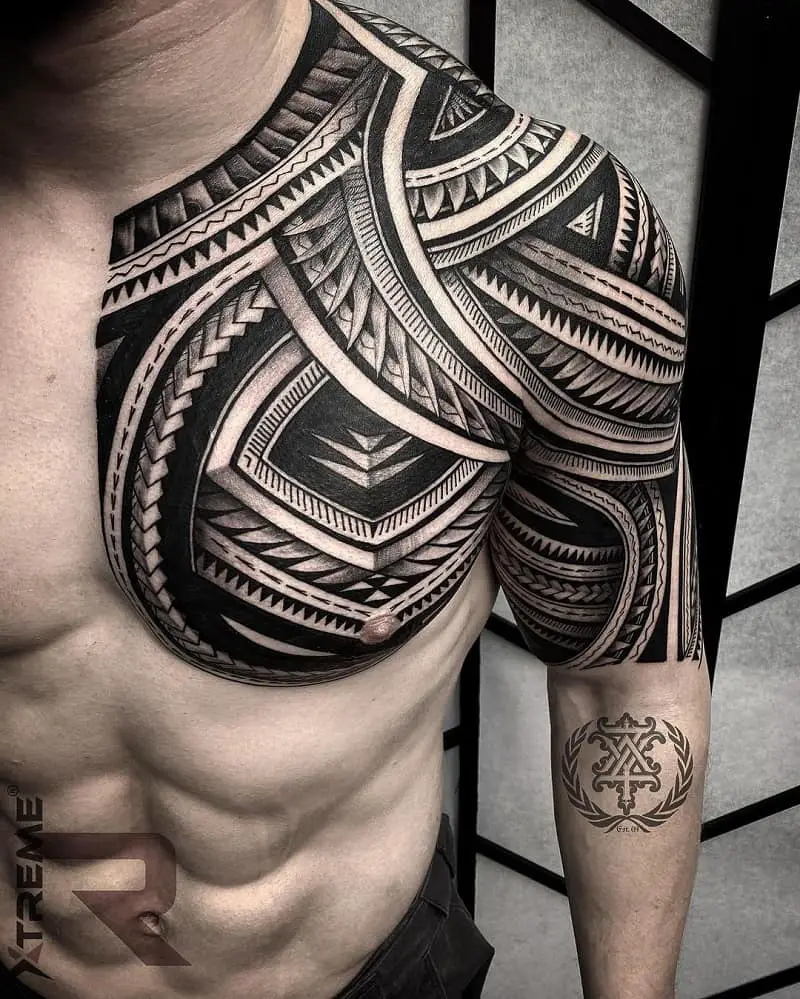
Samoan people belong to the Pacific Island which comprises Polynesia, Fiji, Borneo, Hawaii, and other countries, cultures, and tribes (including the Maori and Haida). Just like the Maori tattoo traditional, Samoan tattoos have been culturally appropriated for centuries.
These tattoos are considered to belong to the tribal tattoo group, which, as we mentioned, should not be used by anyone not belonging to the culture and heritage of Samoan people.
- Kanji Tattoos
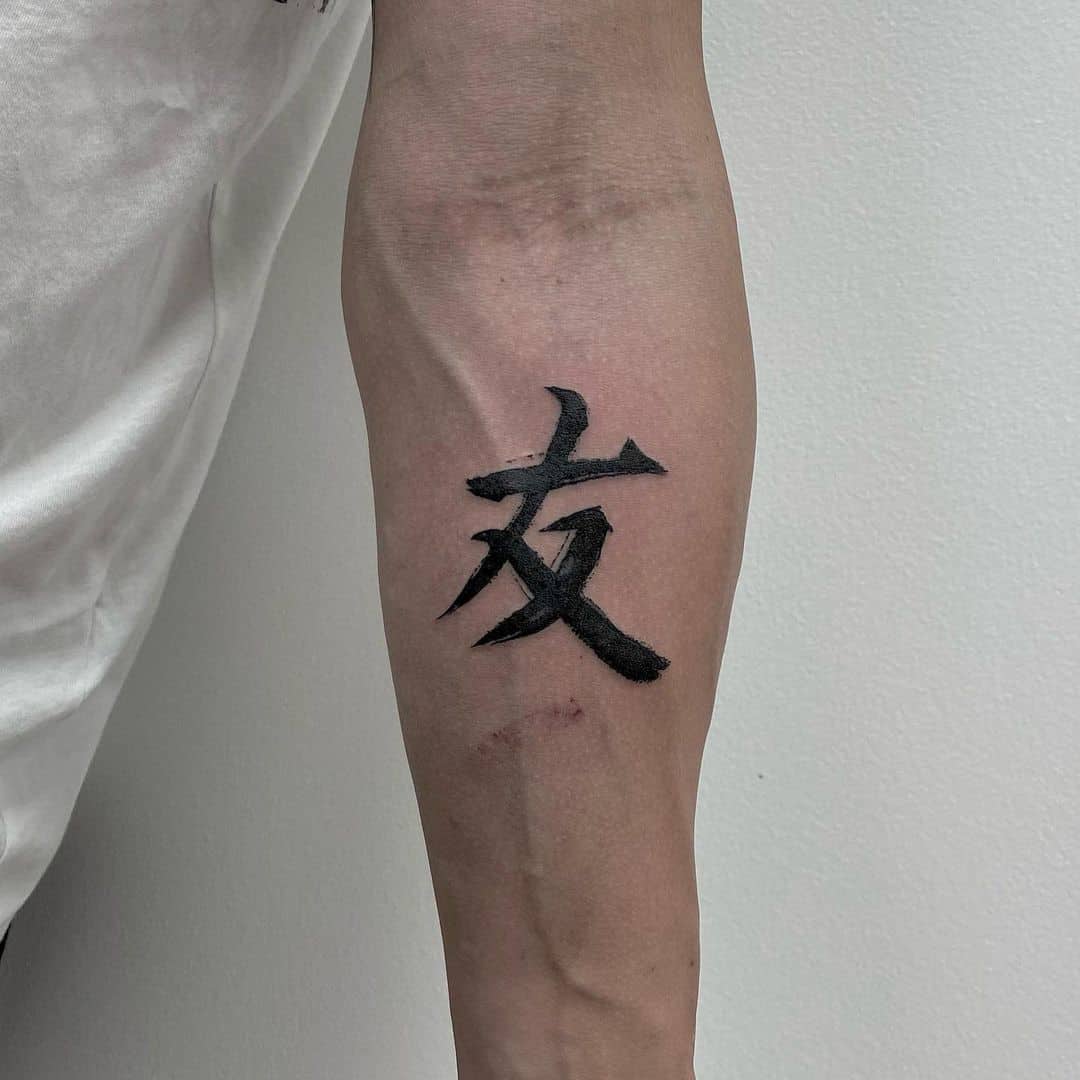
When done by someone who speaks the language and reads the symbols, or simply understands the culture and the meaning behind the symbol, Kanji tattoos might not be culturally appropriative.
However, when done by someone who has no clue what the symbol means (or even gets a misspelled tattoo), then the tattoo is generally considered a sign of cultural appropriation, ignorance, and disrespect.
Final Thoughts
It is always important to make informed choices. When you want to get a tattoo and you’re thinking about different designs make sure to do proper research and see whether the designs appropriate any culture or borrow from different people and their traditions.
Simply Google the design if you’re feeling iffy about it. Information is nowadays accessible to anyone, anywhere. So, there are no excuses when you get a culturally appropriative tattoo. Ignorance is not a good enough justification in this case; just get informed and educated. It’s pretty quick and easy.
Also Read:
- Safe, non-toxic plant-based temporary tattoos made with 100% high-definition printing for a realistic look without the pain
- Easy to apply and remove - just stick for 20 seconds then take off
- Set includes 5 sheets with 17 fun, delicate designs like hearts, cats, smiles, suns, moons, and more
- Waterproof and long-lasting - stays on up to 2 weeks of wear
- Fashionable for women, men, girls and boys
- Place on arm, wrist, neck, leg, finger, waist, foot and more
- Great for parties, birthdays, and showing your unique style

